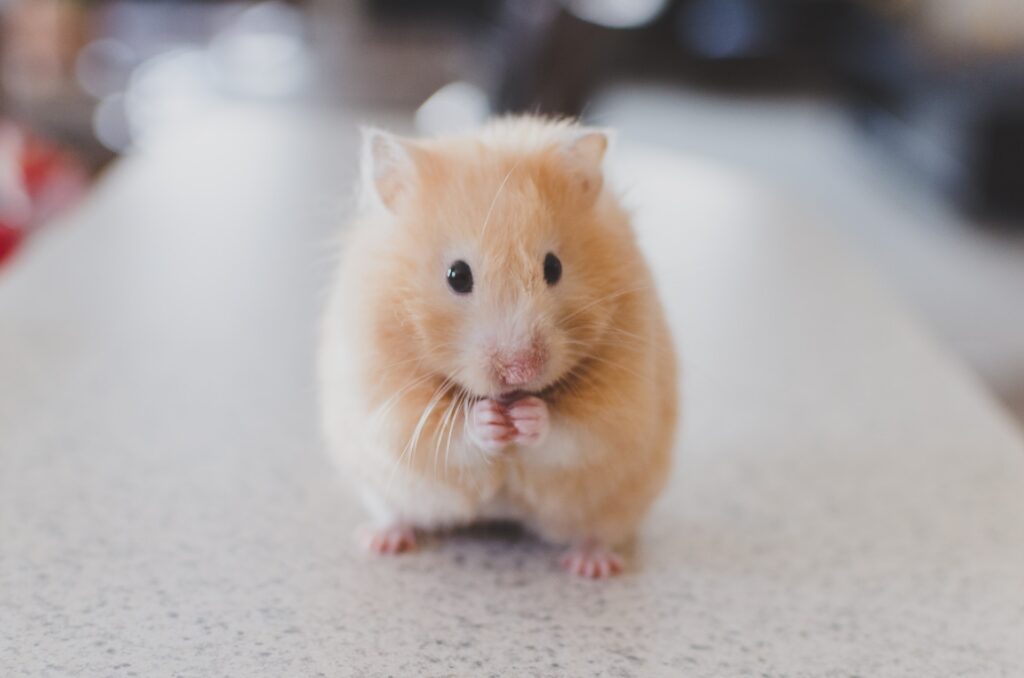Glue traps are a common method for catching mice, offering a simple approach to pest control. However, the effectiveness of these traps can vary based on their placement and maintenance. This guide will help determine how well glue traps work and provide insights into their use.
How Do Glue Traps Capture Mice?
Glue traps capture mice by using a strong adhesive surface. When a mouse scurries across the trap, it becomes ensnared, unable to free itself. The sticky nature of these traps is designed to hold the mouse in place until the homeowner can dispose of it. It’s critical to place these traps along the paths where mice are most active to increase the chances of catching them.
While effective for trapping mice, glue traps can also inadvertently capture children and pets if they are not placed carefully. Thus, strategic placement is essential to prevent non-target animals from coming into contact with the sticky surface. When used correctly, glue traps can be a practical component in managing a rodent problem.

Pros and Cons of Using Glue Traps for Mice
Glue traps for mice offer the advantage of being easy to use and can be placed in various locations. Sticky traps are particularly useful in dusty areas where other types of traps may not function well. Their flat design allows them to fit into tight spaces where mice often travel. Moreover, glue traps are generally inexpensive, making them an accessible option for many homeowners.
However, the use of glue traps for mice also presents several cons. There is an inherent risk to humans and non-target animals, which necessitates careful handling. Additionally, the process of disposing of used glue traps can be unpleasant, and these traps are sometimes considered less humane than other methods. They may also lose their effectiveness in a dusty environment, as debris can cover the adhesive, making them less sticky and efficient in solving rodent problems.
Best Practices for Utilizing Glue Traps
To ensure humane treatment and prevent needless suffering, it is important to check glue traps frequently. If a dead mouse is found, it should be disposed of quickly to avoid health risks and unpleasant odors.
Setting Up Glue Traps Correctly
Proper placement and setup are crucial for the effectiveness of glue traps in trapping mice. They should be positioned in areas with high rodent activity for the best results.
Using Pre-Baited Traps vs Baiting Yourself
Pre-baited glue traps offer convenience and can immediately attract mice. However, baiting traps yourself allows for the use of fresh and appealing food that can enhance the traps’ allure to mice. Both options have their merits, and the choice often depends on personal preference and the specifics of the rodent problem.
The Advantages of Tenting or Tunneling Glue Traps
Tenting or tunneling glue traps can significantly improve the effectiveness of glue traps. This setup protects the adhesive from debris and directs the rodents onto the trap, increasing the likelihood of a successful capture.
Ensuring Maximum Effectiveness
Placing traps strategically and eliminating competing food sources are key factors in enhancing the effectiveness of glue traps for catching mice.
Eliminating Competing Food Sources
Removing other available food sources forces mice to seek out the bait on glue traps, increasing the chance of capture. A thorough cleaning to eliminate crumbs and food remnants is essential to make the traps more enticing.
Regular Monitoring and Maintenance
Maintaining glue traps involves regular checks and replacements to ensure they remain sticky and effective. Over time, dust and debris can accumulate on the traps, so they should be cleaned or changed out frequently for continued effectiveness.

Navigating the Ethical and Safety Concerns
When using glue traps, it’s important to consider humane alternatives and the potential for unintended harm to ensure ethical pest control practices.
Considerations for Non-Target Animals and Bycatch
Glue boards can inadvertently capture non-target animals, causing distress and harm. Animals caught beyond the intended pests can become stuck on glue, leading to a stressful situation. It’s important to assess the potential for bycatch and take precautions to minimize the risk of animals stuck unintentionally.
Mitigating Risks to Children, Pets, and Adults
Special attention is needed to ensure that children or pets are not exposed to the hazards of glue traps, which may pose risks if not used responsibly. To protect your home from pesky rodents, glue traps should be part of a comprehensive pest control strategy. They should be used in conjunction with other preventive measures such as sealing entry points and maintaining cleanliness.
Proper Disposal of Used Glue Traps
Disposing of used glue traps should be done carefully and responsibly to prevent the spread of disease and minimize environmental impact. Wearing gloves and sealing the trap in a plastic bag before disposal can help manage these concerns.
Alternatives to Glue Traps
For those seeking methods to trap the mouse without the sticky mess of glue traps, several humane and effective alternatives exist. These options not only avoid the pitfalls of traditional glue traps but also offer varied approaches to mouse control, catering to different preferences and situations. You can also try natural mouse deterrents.
Exploring Other Types of Mouse Traps
When looking to get rid of mice, it’s important to consider humane traps that minimize suffering. From classic designs to innovative solutions, the market offers a variety of mouse traps to address infestations compassionately and effectively.
Catch-and-Release Traps
Catch-and-release traps, also known as live-catch traps, provide a humane mouse control solution. These mouse traps allow for the capture and subsequent release of the rodent without harm. By utilizing catch-and-release traps, individuals can address pest issues while ensuring that the animals are treated humanely and can be relocated to a more suitable environment.
Snap Traps
Snap traps are a traditional choice, designed to quickly and effectively trap the mouse. While not as humane as catch-and-release options, they are preferred by some for their efficiency. Proper placement and baiting with attractive foods, such as peanut butter, are essential to maximize their effectiveness.
Electronic Mouse Traps
Electronic mouse traps offer a modern approach to rodent control. These traps use a high-voltage shock to swiftly eliminate mice. Baited with lures like peanut butter, these traps attract the mouse without the need for them to touch the glue, providing a clean and quick solution to a mouse infestation.

The Final Verdict on Glue Traps and Boards
When evaluating the effectiveness of mouse glue traps, it’s important to consider that they can indeed immobilize mice or rats, making them a quick solution for detecting and managing minor infestations. These traps for mice and rats consist of trays coated with sticky glue that can effectively trap bait and ensnare the target animal. In certain situations, like in high-traffic areas where mice tend to run, these sticky mouse traps may be beneficial as they are easy to set up and do not require complex mechanisms. However, glue traps raise several concerns. Trapped animals struggle and can suffer greatly, leading to ethical considerations. The Centers for Disease Control and Prevention advises caution, as dead rodents can be a source of diseases. Moreover, glue traps are not a long-term solution; they do not address the root cause of infestation, such as the need to track rodent paths and eliminate attractants like nesting material or food sources. Additionally, non-target animals can become accidentally stuck, and in cold temperatures, the sticky glue may be less effective. Consequently, while glue traps may have situational use, they are not the most humane or sustainable option for rodent control.

